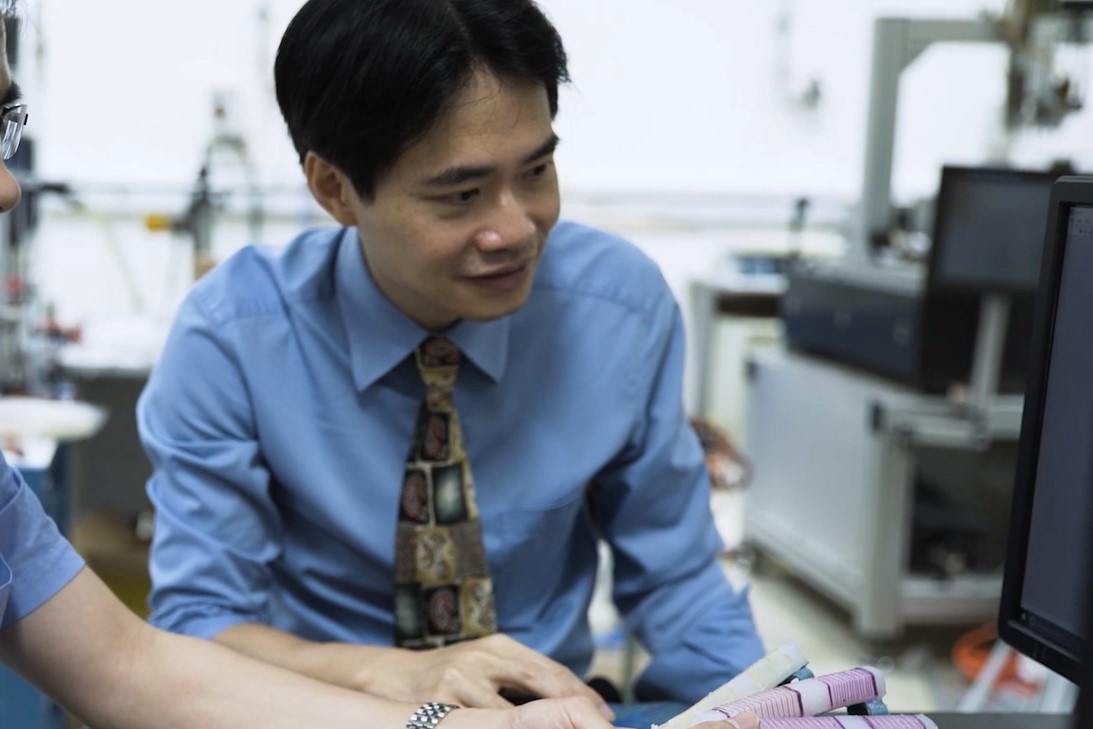
Now, Tong is back with a new invention that is set to bring assistive robotic technology to a wider audience. In Soft Wearable Robotics Limited, Tong created a soft robotic hand that would assist stroke victims in relearning how to perform simple tasks with their hands; stroke can leave victims with limited mobility of their hands.
Tong’s soft robotic hand is made from advanced materials using 3D printing technology. It is a lightweight and relatively affordable exoskeleton that users can wear to improve their hand mobility.
“My “Hand of Hope” was originally metal and heavy and could only mimic the opening and closing action of a hand. With this new exoskeleton, stroke victims can train with the hand for a longer period of time,” said Tong.
Tong, who is the director for the Department of Biomedical Engineering at the Chinese University of Hong Kong, read biomedical engineering in the United Kingdom before returning to Hong Kong to develop innovative assistive robotic technology with his team.
 Tong’s soft robotic hand also utilizes software that can be tailored to a particular training program so users can conduct personalized robot-assisted physiotherapy at home.
Tong’s soft robotic hand also utilizes software that can be tailored to a particular training program so users can conduct personalized robot-assisted physiotherapy at home.
“There is about a three-month period after a stroke that is considered the ‘golden window’ for rehabilitation. During this period, training can effectively help patients recover functional use of their hands,” Tong said.
While stroke victims may find it difficult to train their hands on their own, the soft robotic hand coaches the hand muscles to relearn different actions, thus activating the neural pathways to the brain.
Tong’s desire to help stroke victims arises from his days as a student volunteer at elderly homes. There he found that many stroke patients want to develop independence and be able to rely on themselves for daily use. However, simple tasks like the washing of one’s face or the brushing one’s teeth posed significant challenges to these patients because of the limited mobility in their hands.
“Stroke patients want the ability to take care of themselves and live a life with more confidence. I think technology can really help them achieve this aim,” said Tong.
Tong hopes to mass-produce the robotic hand through 3D printing technology and reduce the price to make it available to a wide array of users. In the future, Tong intends to export the product from Hong Kong and promote it in Europe, the United States and Southeast Asia.